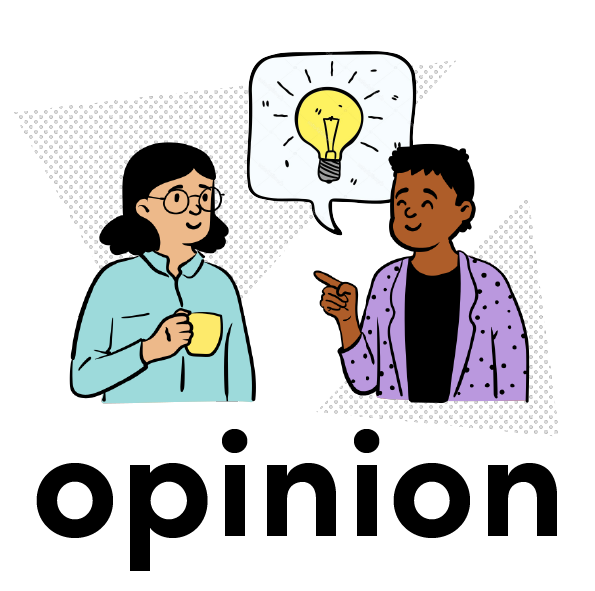Camera Policies Do Not Infringe on Personal Privacy

Everyone feels differently about how much of their private life they prefer to share with their peers; however, being required to show one’s face on camera is not a violation of student privacy.
To make sure that students are on task and engaged during class, teachers need to be able to see that their students are watching the computer screen. To do so, Diamond Bar High School has required that students leave their cameras on during classroom Zoom and Google Meet calls.
Having a camera on also helps make distance learning feel more like a normal classroom for both teachers and students, providing students incentive to pay attention to the teacher. While it is true that students who appear attentive might be browsing other tabs rather than focusing on the lesson, this is not so different from a student zoning out during a normal in-person lecture, so it’s no reason to demerit this rule.
It is understandable that some students are uncomfortable with leaving their cameras on because they are at home, a private environment. Still, this does not negate the fact that they are enrolled in school and must be verifiably present until school hours are over.
If they are uncomfortable with displaying the interior of their house, a student can limit their camera’s view to just their face, and find a plain wall for a background.
In addition, though distance learning is a recent development, this definitely isn’t the first time students have shown their faces in public. They may not have met this particular set of classmates prior to the new school year, yet such introductions are inevitable and happen every year regardless of whether students feel comfortable with them. When the quarantine ends, students will need to see their classmates in person anyway, so they can begin their return to normalcy by interacting with their peers through screens.
Preparing for being on camera in a virtual classroom brings up another point of contention amongst students: the enforcement of a dress code. When in school, students are expected to dress appropriately and adhere to a dress code.
The same standards for appropriate clothing that apply every year should also apply to this year, and just because teachers aren’t physically present to enforce the dress code, doesn’t mean it has ceased to exist. Students must take responsibility for their actions, and in this case, their clothing, so as not to promote inappropriate or insensitive behavior while in class. Inappropriate or overly revealing clothing goes against the rules because school is an educational environment, and despite its new format, should be treated as such.
Again, while it may not matter much what one wears if they focus the camera so it shows them neck-up, students choosing to display their outfit to the rest of the virtual classroom should at least be properly dressed to uphold proper school standards.
It is undeniable that distance learning has dramatically affected the high school experience of many students, but it should not influence the way students are required to behave.
As the student handbook says under the Dress Code guidelines “Please treat school as a working environment and dress appropriately. Save the above-mentioned attire for the weekend and activities outside of school.”
Your donation will support the student journalists of Diamond Bar High School. Your contribution will allow us to purchase equipment and cover our annual website hosting costs.








